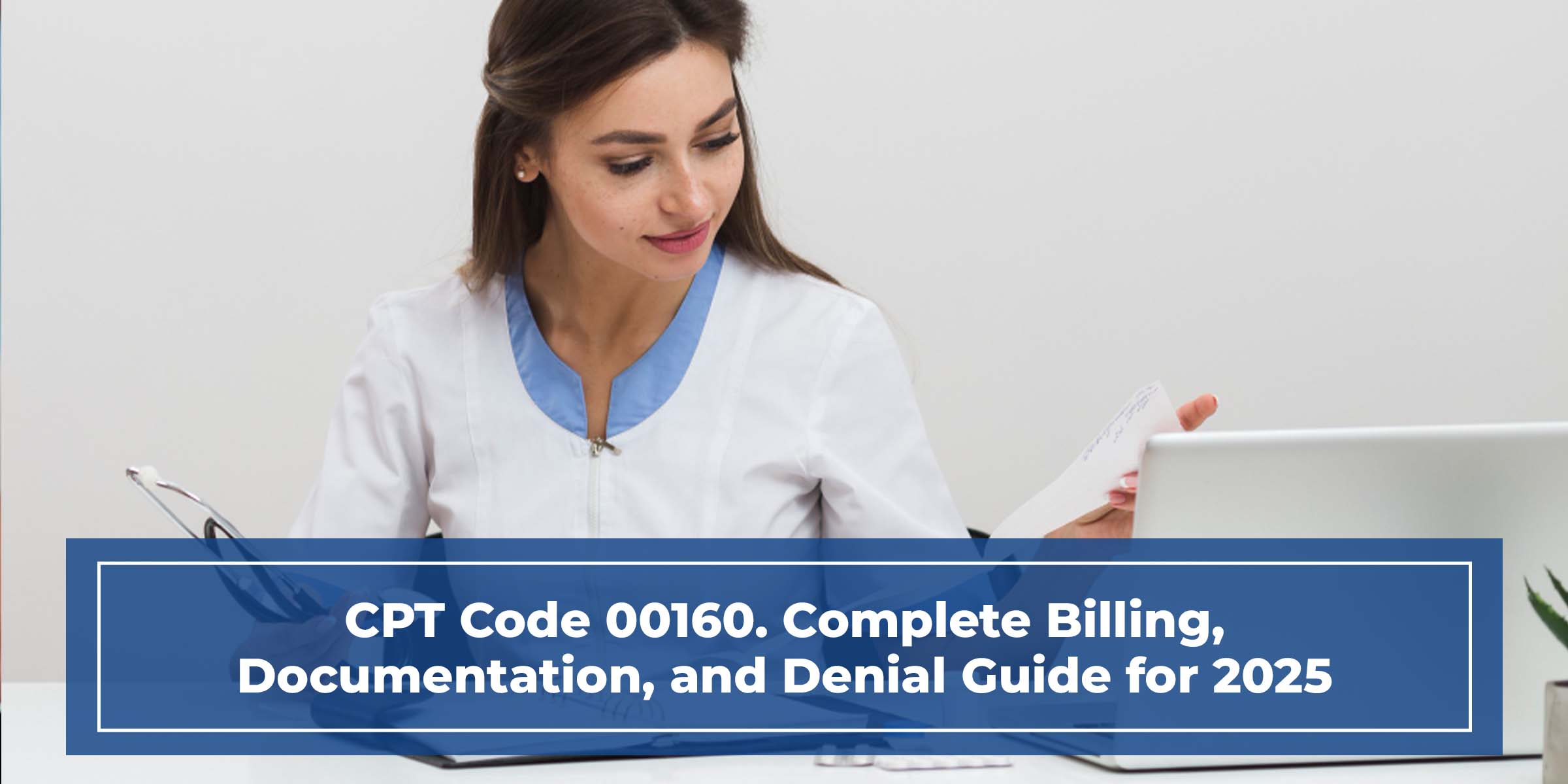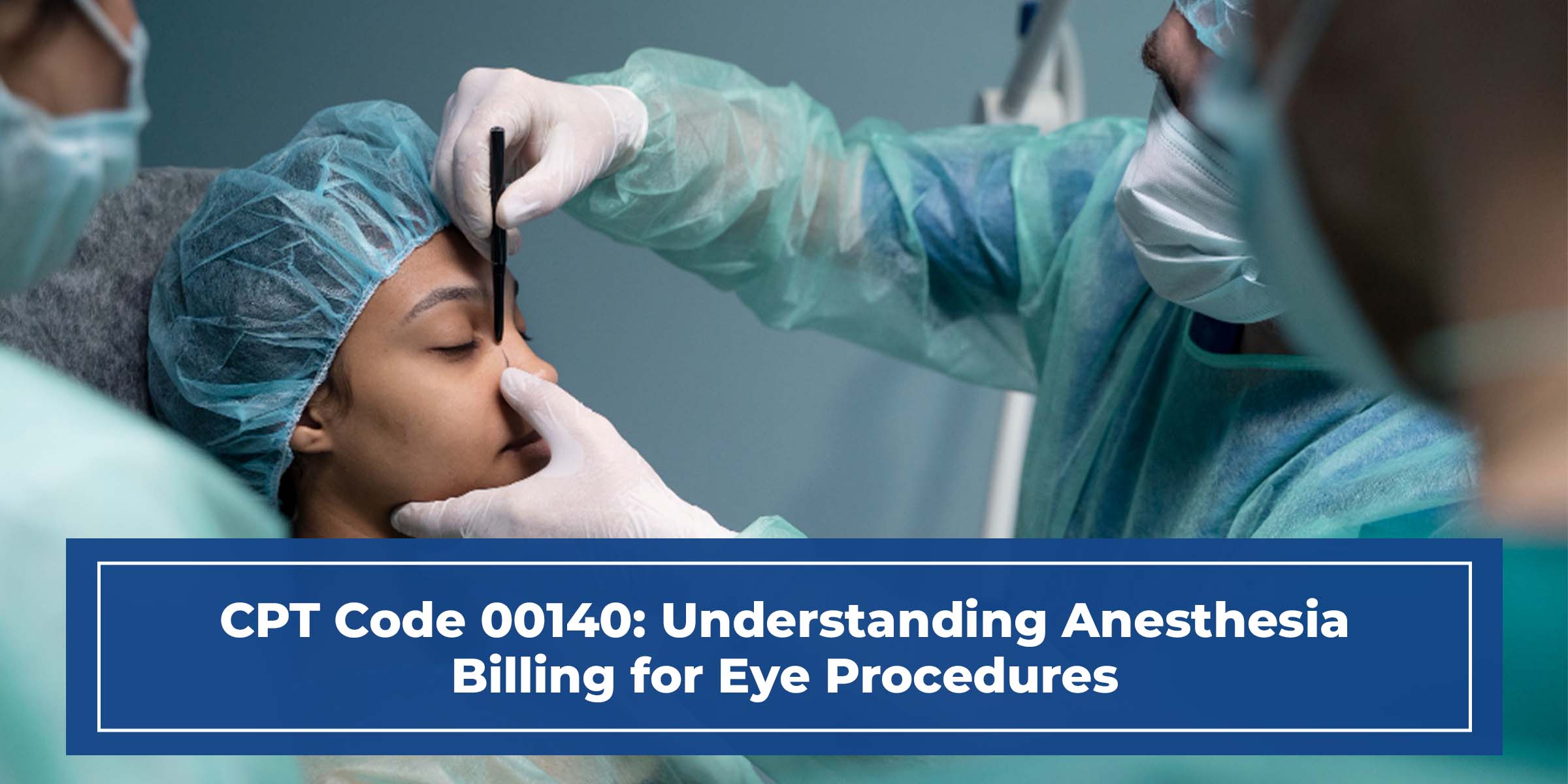Are you facing denied claims due to CO-109 and wondering why your applications are being rejected? Medical billing denials cost the healthcare business billions of dollars annually. According to a 2023 study by the American Medical Association, claim denials affect up to 20% of all submitted claims, with issues such as incorrect payer submissions resulting in considerable delays. The CO 109 refusal code is a common reason for these rejections. It indicates that a claim was made to a payer who is not responsible for the service, resulting in payment delays and higher administrative fees.
According to research, claim resubmissions due to CO-109 denials can raise billing expenses by 15-20%, affecting both provider income and operational efficiency. Recognizing and addressing this code rejection as soon as possible can save time and money for healthcare providers and billing experts. Failure to resolve these problems, on the other hand, might result in reimbursement timescales that are weeks or months longer.
This article explains the CO 109 rejection code, its typical causes, and how to overcome it. We further develop best practices for preventing code rejections, which may help medical billing teams reduce denials and maintain regular revenue cycles.
What is the CO 109 Denial Code?
This section describes the CO 109 rejection code and how it relates to Medicare claims. Understanding this refusal number enables billing professionals and healthcare providers to reduce claim rejections and fast reimbursements.
Definition of CO 109 Denial Code
The CO 109 refusal code indicates that a claim was sent to the wrong payer. This occurs when the insurance company receiving the claim is not liable for paying for the billed service. CO 109 indicates in medical billing that the claim should be referred to the right insurance.
Common causes include improper payer identification, filing claims for out-of-network providers, and billing for treatments that the payer does not cover. These mistakes can result in claim denials, delayed payments, and increased administrative effort.
CO 109 Denial Code Medicare Specifics
CO 109 is commonly shown on Medicare claims when the provider does not participate in the Medicare program or when the claim is delivered to the incorrect Medicare contractor. Medicare has rigorous criteria for payer duties, and submitting claims wrongly results in a denial.
Before filing a claim, providers must verify Medicare eligibility and choose the proper Medicare Administrative Contractor (MAC). This reduces rejections and prevents payment delays.
According to CMS data, provider mistakes related to payer identification account for more than 12% of all Medicare claim denials yearly. Addressing CO-109 rejections effectively promotes compliance and cash flow.
Common Causes of CO 109 Denial Code
This section details the most common causes of the CO 109 rejection code. Identifying the actual reason enables healthcare staff to remedy and prevent future claim difficulties.
Incorrect Payer Information
Submitting a claim to the incorrect payer is one of the most common causes of the CO 109 refusal code. This often occurs when:
- The payer ID is either outdated or incorrectly recognized.
- A secondary payer gets charged in place of the primary payer.
- The patient’s insurance information was incorrectly submitted during registration.
Provider Not Participating with Payer
If the provider is not enrolled with the payer, the claim might be refused under CO 109. Medicare and commercial payors require:
Active involvement status.
Proper credentialing and NPI linking.
The enrollment files have been updated.
Coordination of Benefits Issues
Incorrect benefit coordination (COB) might result in incorrect payer selection. This happens when:
- The primary and secondary payers are not properly recognized.
- The patient has various insurance, but the incorrect one is billed.
- COB data is not updated in the payer system.
Coverage and Eligibility Errors
Claims submitted to a payer that does not cover the service or when the patient is not eligible on the day of service will result in a CO 109 refusal. This includes:
- Policies that have lapsed.
- Services provided beyond the benefit period.
- Non-covered benefits under the plan.
How to Fix CO 109 Denial Code
This section outlines a clear approach for resolving errors with the CO 109 rejection code, assuring proper claim resubmission.
Step 1: Review Denial Notice and Claim Details
Check the EOB or ERA to determine the cause for the denial. Ensure that all claim fields match the patient’s coverage information.
- Review the explanation of benefits (EOB) or remittance advice (RA).
- Verify CPT/HCPCS and diagnostic codes for correctness.
- Confirm the patient’s name, date of birth, and insurance ID.
- Determine if the claim was forwarded to the proper payer.
Step 2: Verify Insurance and Provider Participation
Confirm that the provider was active in the payer network at the time of service.
Validate the patient’s policy status on the day of service.
- Confirm the provider’s network status with the payee.
- Confirm the patient’s eligibility and ongoing coverage.
- Check whether the patient’s plan requires pre-authorization.
- Review payer contracts for participation specifics.
Step 3: Resubmit the Claim to the Correct Payer
If the claim was submitted to the incorrect insurer, forward it to the proper one with revisions. Check that the resubmission is within the time limit for filing.
- Update the Coordination of Benefits (COB) if needed.
- Correct insurance information in the patient record.
- Attach all necessary supporting documentation.
- Submit the revised claim electronically or on paper, as needed.
Step 4: Track and Follow Up on Resubmissions
Monitor the resubmission attentively using payer portals or clearinghouse tools. If there are any delays or concerns, communicate with the payer directly.
- Use claim tracking tools to get real-time information.
- Set internal reminders for following up on unanswered claims.
- Call payer representatives using the claim reference numbers.
- Document all follow-up steps for audit and compliance.
Conclusion
The CO-109 denial number indicates that a claim was routed to the incorrect payer, which is commonly the result of either enrollment, eligibility, or benefit coordination issues. Identifying the root cause helps to decrease delays and avoid repeated rejections. Healthcare providers should double-check payer participation and patient coverage before submitting claims. Accurate claim routing reduces administrative expenses while protecting income. A thorough assessment of claim information, insurance data, and resubmission tracking is required. Preventing CO 109 rejections begins with selecting the proper payer and updating patient information.





